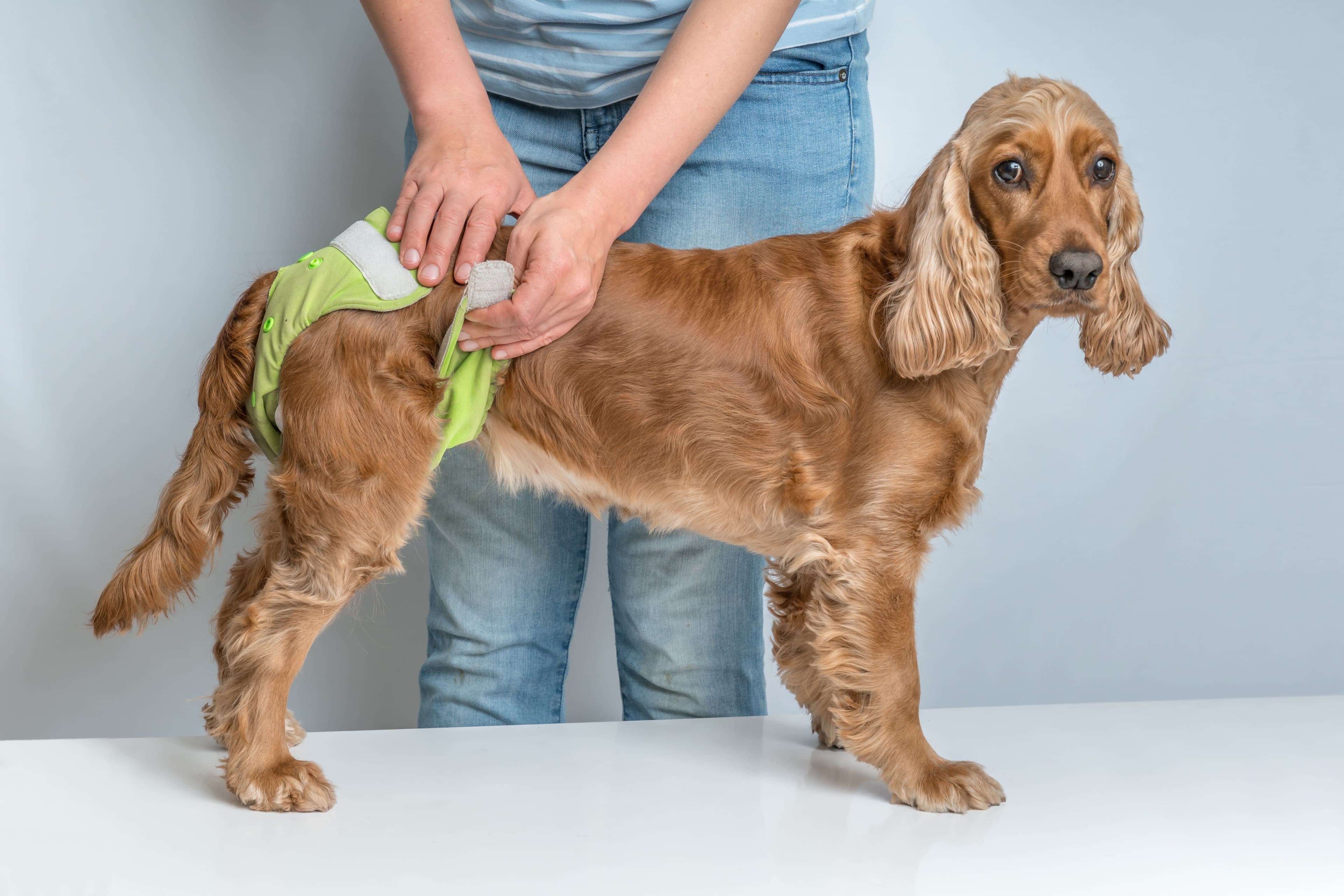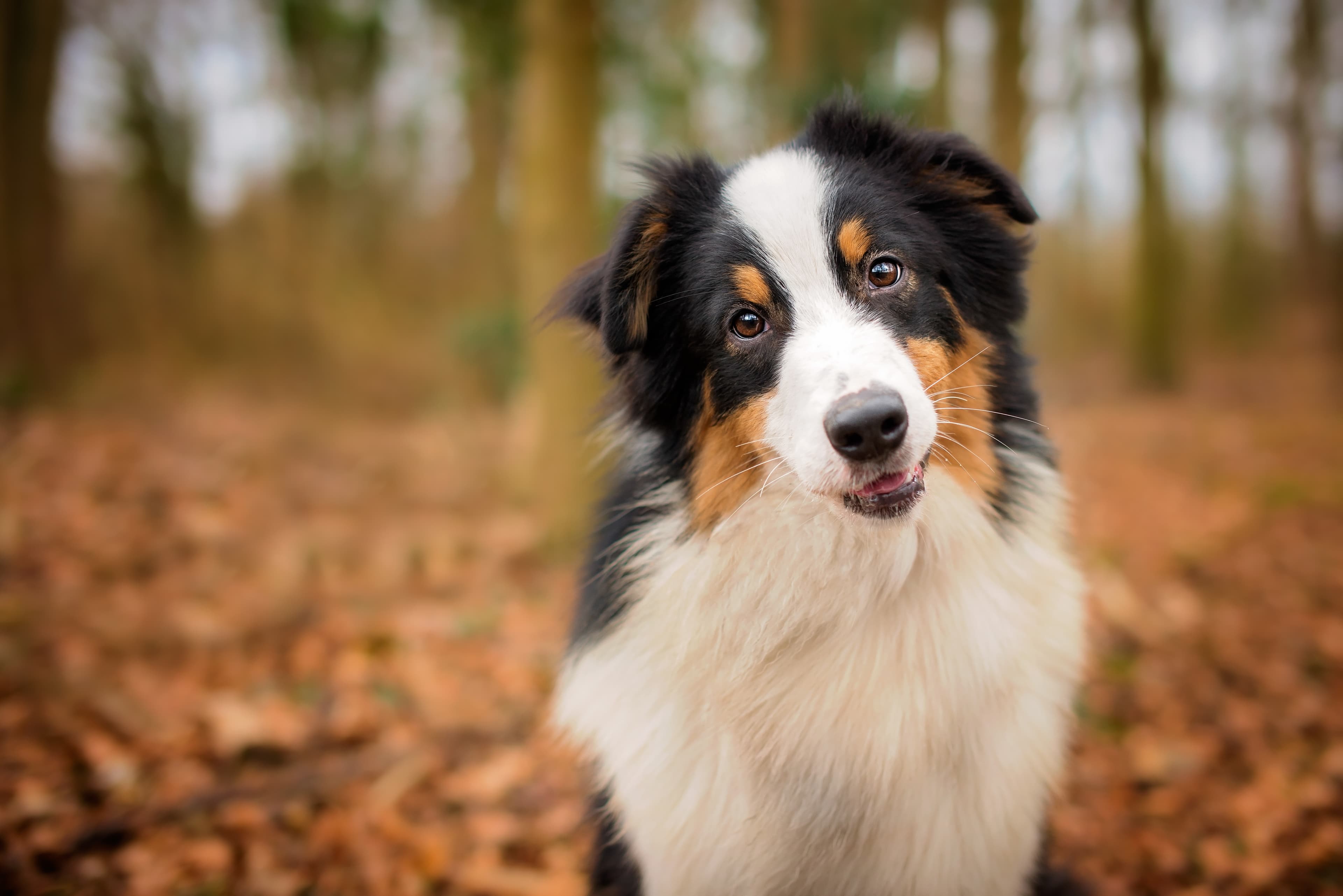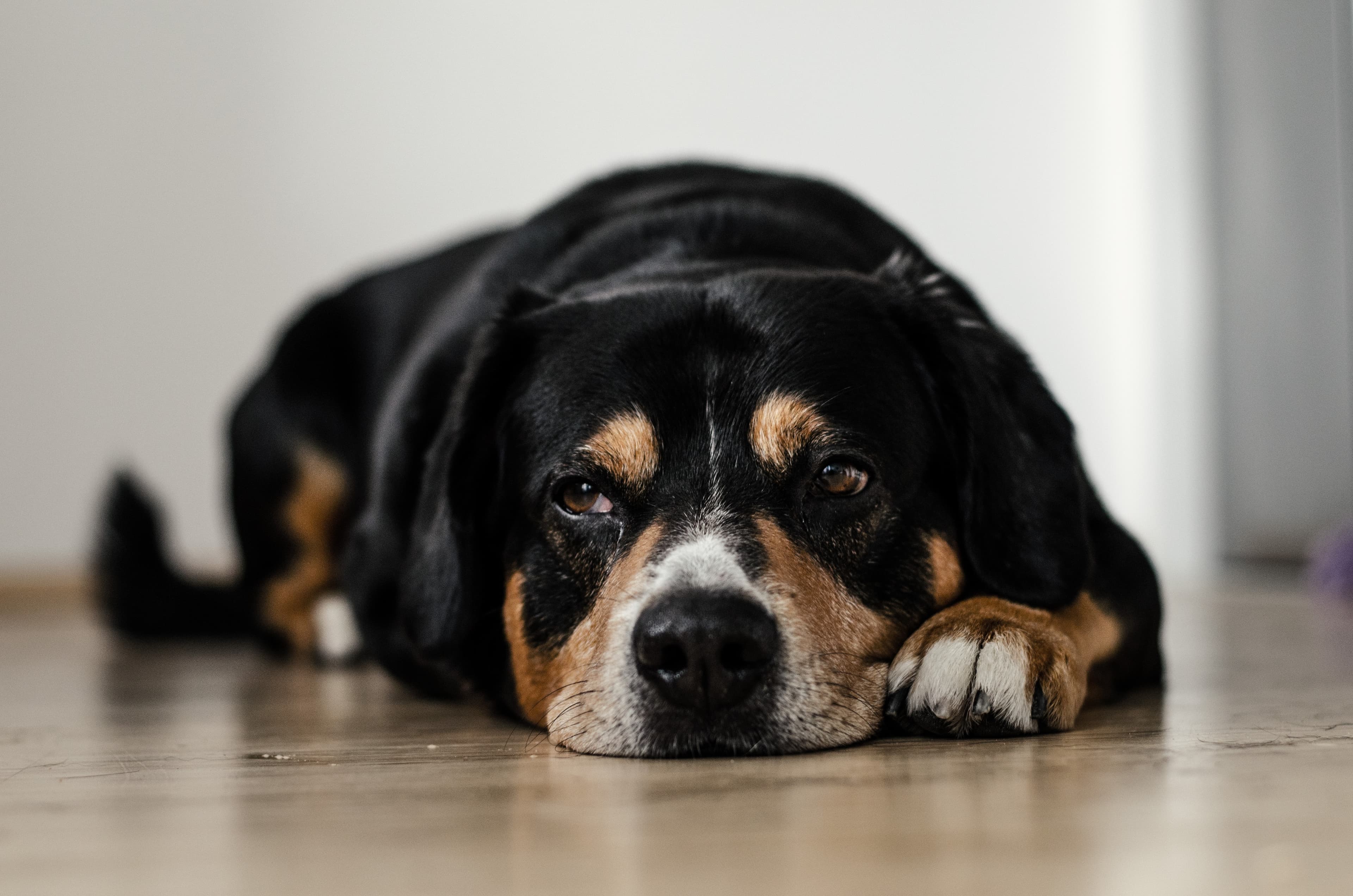Cause and treatment of skin infection in your dog
Did you know that the skin is the dog's largest organ? A healthy dog should have skin that is free of dandruff, crusts, redness and sores while maintaining elasticity. The coat of a perfectly healthy dog should be shiny and dense while smelling fresh and neutral. If this doesn't match your dog's skin or coat, it could mean that your dog has some kind of skin problem. It is not uncommon for dogs to suffer from different types of skin problems.
One type of skin problem that dogs can suffer from is skin infections, sometimes caused by bacteria and yeast. When a dog suffers from a skin infection, there is often an underlying weakening of the skin's defences. An example of such an underlying weakening is if the dog has a small wound somewhere on its body that it has managed to lick and scratch open further.
Another cause that lowers the skin's natural defence against infection is allergy, which can also be a reason for the dog's excessive licking, which in turn increases the risk of an area of skin becoming infected. Dogs can have two types of allergies, food allergy or atopy, which means that the dog is allergic to something in its environment. Read more about it here.
Skin infections can look different and they show the underlying cause. In some cases you may see spots or what may look like pimples, sometimes the area of the infection is sore and watery and sometimes the skin may be covered in crusts. To make a confident decision about what is causing the skin infection, a vet will usually need to examine the area of skin that is infected or irritated. Once the cause is identified, the veterinarian can institute the necessary treatment.
If your dog has skin problems and you are unsure how best to care for them, we recommend consulting a digital vet, which you as a Lassie insurance customer have unlimited access to.






